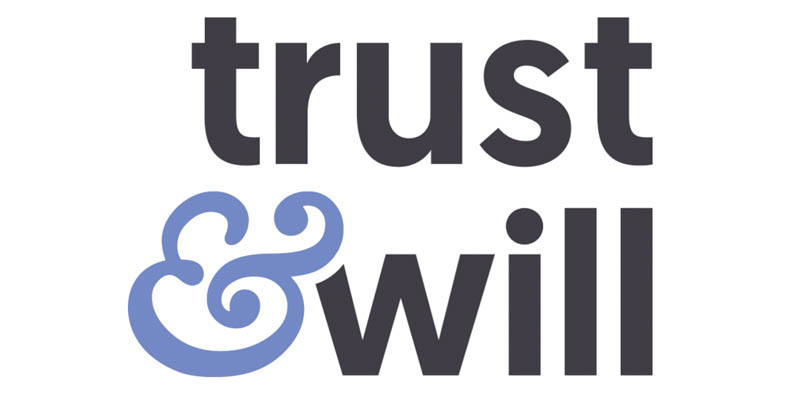
Both patients and doctors can use the health consumer report as a tool. The report this year highlights four key themes that should be used as a guide for health care consumers. These themes include Optimism. Choices. Transparency. And Patient-generated information. These elements are crucial to increasing consumer satisfaction regarding health care.
Optimism
Optimism has been linked to many positive outcomes such as improved health and well-being. It is linked to positive coping strategies, which focus on the positive aspects in stressful situations. Optimism also has indirect effects on quality of life, with optimistic people reporting a higher quality of life than pessimists.
Optimism leads to a healthier lifestyle. It is also associated with better physical health. People who are optimistic tend not to smoke, get more exercise, have a partner, and follow more medical advice. Despite these benefits there isn't evidence that optimism is associated a healthier diet, and a leaner figure.
You have many options
The Patient Protection & Affordable Care Act (PPACA), which created health insurance marketplaces where consumers can compare health insurance plans. Many consumers don’t have the information necessary to make informed decisions regarding their coverage options. They end up spending more than is necessary. RAND researchers review the literature to find out if consumers make the right health coverage decisions.

Consumer choice is key to improving quality health care in the United States. Health consumer reports, which are based on the experiences of consumers with their healthcare providers, can be used to help them make informed decisions about their own health.
Transparency
There are several positive aspects to the Transparency in Health Consumer Report movement. The report helps consumers make informed decisions about which hospital or doctor to choose. There are some potential risks. It is possible that it can be confusing for consumers to grasp the jargon used in the report.
First, consumers might not be able to make the right choices when selecting a health care provider. Patients can easily default to the most costly provider in a complex health care system. Quality of care does not always reflect costs. Patients are often required to pay for prescriptions and facility fees. This can lead to higher bills.
Data compiled by patients
Patient-generated information (PGHD), data not normally collected in a traditional health care setting, is called patient-generated data. This data also includes information about health promotion and prevention. This data expands the definitions of health beyond wellness and illness to include all aspects of the person. This data also improves the quality and satisfaction of patient care.
These data can be obtained from various sources and can be used to provide health care. This data can include information about your personal health, like blood pressure readings or exercise information. It is important to differentiate between patient-generated data and patient-reported outcome measures.

Biopharma companies
Pharmaceutical industry spends billions of dollars annually on research and development to create new drugs. However, prescription drug prices in the U.S. are on the rise despite all these investments. Many people are willing to spend money even if they don’t use medications. Insulin, for example, costs anywhere from $14 to $300 in the U.S. and $6 to $30 elsewhere.
The report included 35 large pharmaceutical companies, which generate revenue from their sales and have EBITDA exceeding $3.7 trillion. This was almost triple the amount of revenue generated by the S&P500. In the meantime, the profits of biopharmaceutical companies were lower than those of S&P 500 companies.